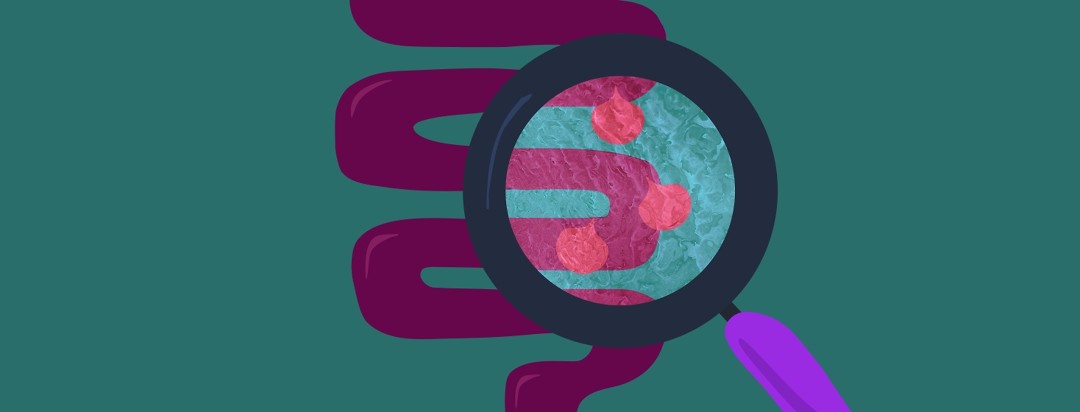Radical Cystectomy and Bowel Issues Part 2: The Colonoscopy
Read Part 1 about Shirley's ongoing bowel problems after radical cystectomy.
After waiting over 3 weeks for my so-called "emergency" gastroenterology appointment to come through (due to COVID-19 delays), I finally had my appointment date. However (also due to COVID-19), this would be a telephone consultation rather than an actual face-to-face appointment.
The importance of being properly prepared for a virtual appointment
A telephone consultation can be equally as good as long as you are properly prepared. I would recommend you have the following on hand:
- Date of when symptoms first started
- List of symptoms and what makes them worse or better
- List of your current prescribed medications
- Are you undergoing any investigations for other health issues?
- List of any other conditions
- List and dates of any surgeries you have undergone
How can you have a virtual colonoscopy?
I had my telephone consultation, and it was decided that a colonoscopy would be required. However, due to me having had a radical cystectomy it would be best if this was done "virtually." I was a little confused by this, so my doctor went on to explain that because part of the bowel is used to make the "plumbing" for the stoma, the colon is shorter and will also have been lifted outside of the body, so I may well have adhesions which would make an ordinary colonoscopy quite painful. So, therefore, he was ordering a 3D colonoscopy.
Preparing for the colonoscopy
The day before the 3D colonoscopy I was to only have a light diet and was given a bowel prep to completely empty my bowel in readiness for the procedure the following morning.
On the morning of the appointment, I was asked to change into a hospital gown and to come into the scanner treatment room. I was laid down on my back and made comfortable, and then a cannula was put into the back of my hand. I was then moved onto my side where a tube was inserted into the back passage which filled the bowel with carbon dioxide. This is done to allow the scanner to pick up a clear view of the inflated bowel. This wasn't painful at all and to be honest, the whole thing from arriving to leaving the treatment room took around 30 minutes.
Waiting for the results
I was then asked to wait. I was very fortunate in that the doctor who carried out the procedure called me into his tiny office to share the results with me. Normally, I have always had to wait until I have seen my regular doctor before any results are disclosed. The bottom line (pardon the pun) was that there were no tumors. Yes, other things were identified such as diverticulitis, but nothing that couldn't be sorted. What a relief!
Since I had already been given the results from my scan, I thought that my follow-up telephone consultation wouldn't reveal anything further, but it did.
What I learned was causing my chronic diarrhea
Part of the intestine is removed during a cystectomy. The intestine plays an important role in absorbing the bile secretions from the bile duct. Therefore, a significant factor in my constant trouble with ongoing diarrhea was due to the fact that the part of my intestine which absorbs the bile secretions was removed during surgery and was therefore causing me to now have runny stools. This condition even has a name: bile acid diarrhea. Who would have known?
Anyway, the problem can be eased if not eradicated with the help of medication and a good dietitian. I'm still in the early days of medication and diet changes but what I can say is that I have definitely been some positive improvements in my bowel habits.

Join the conversation